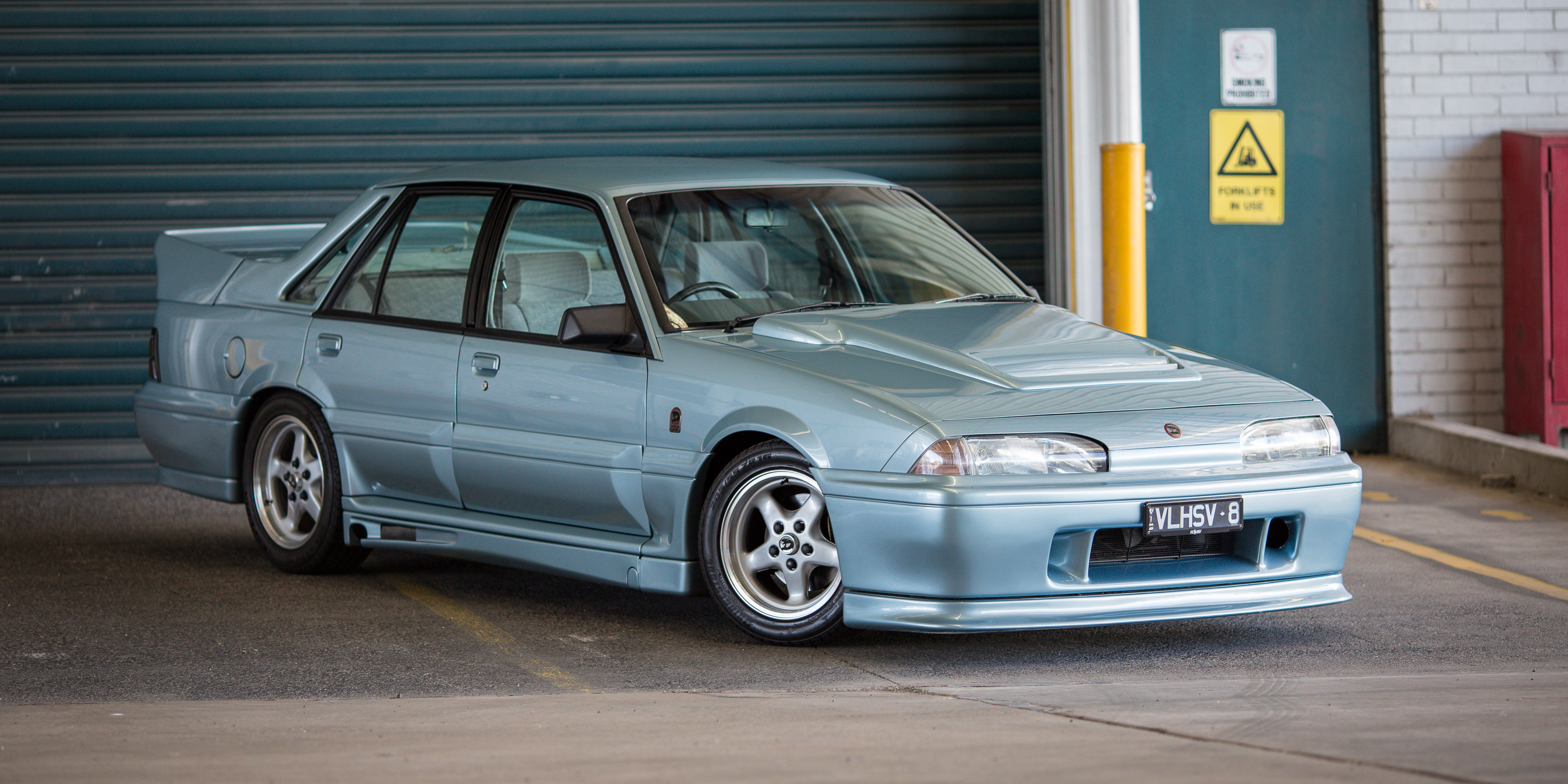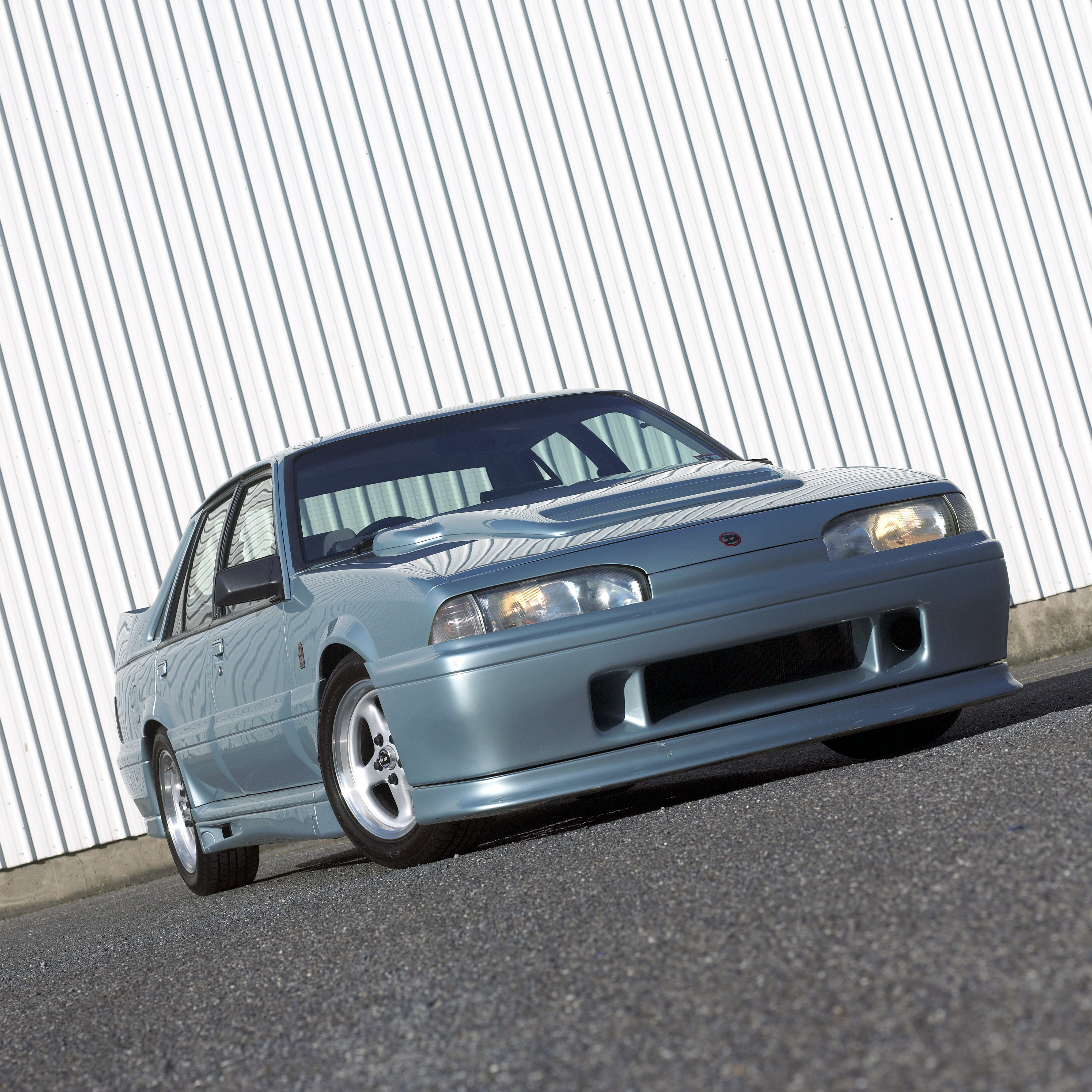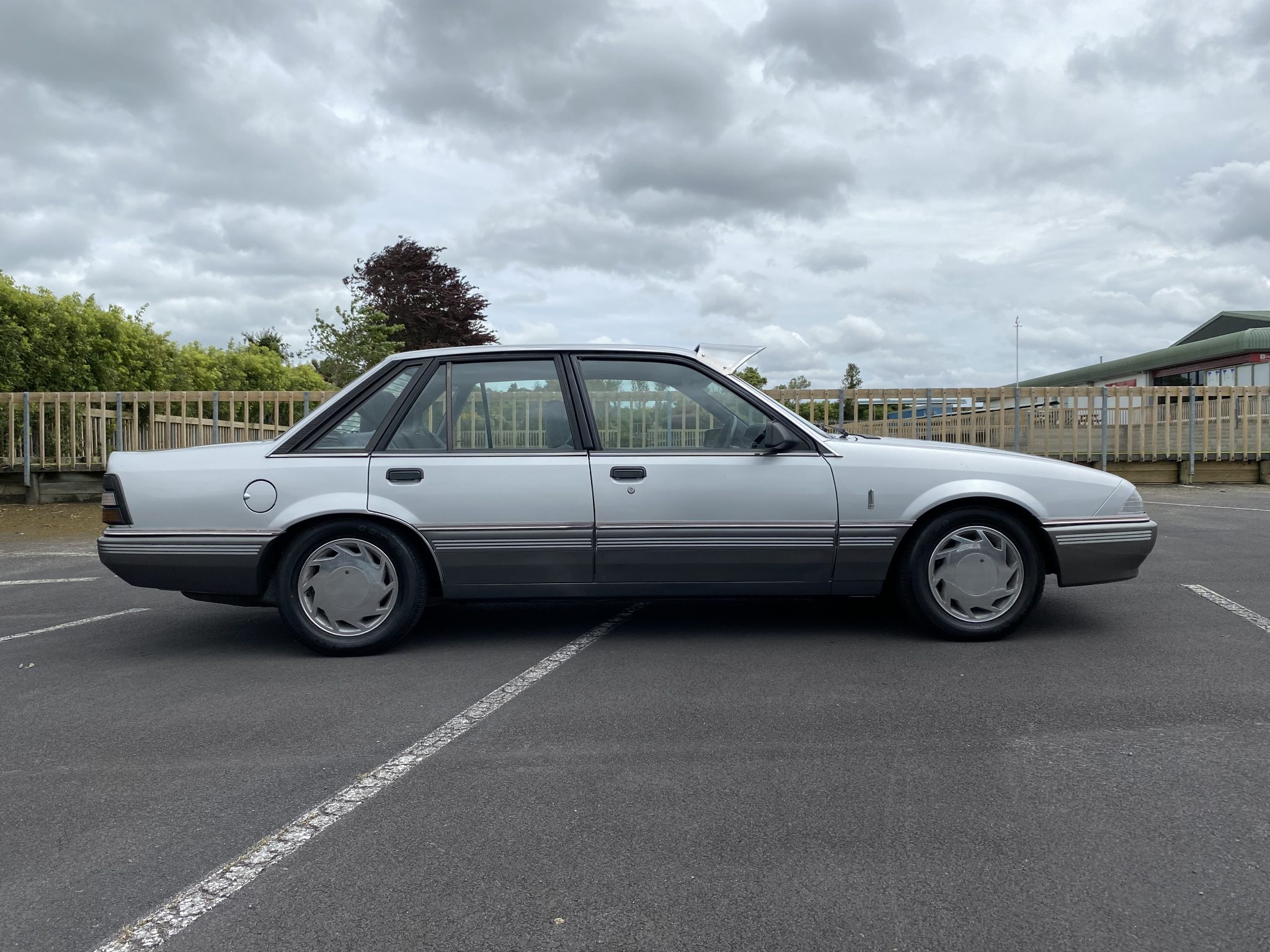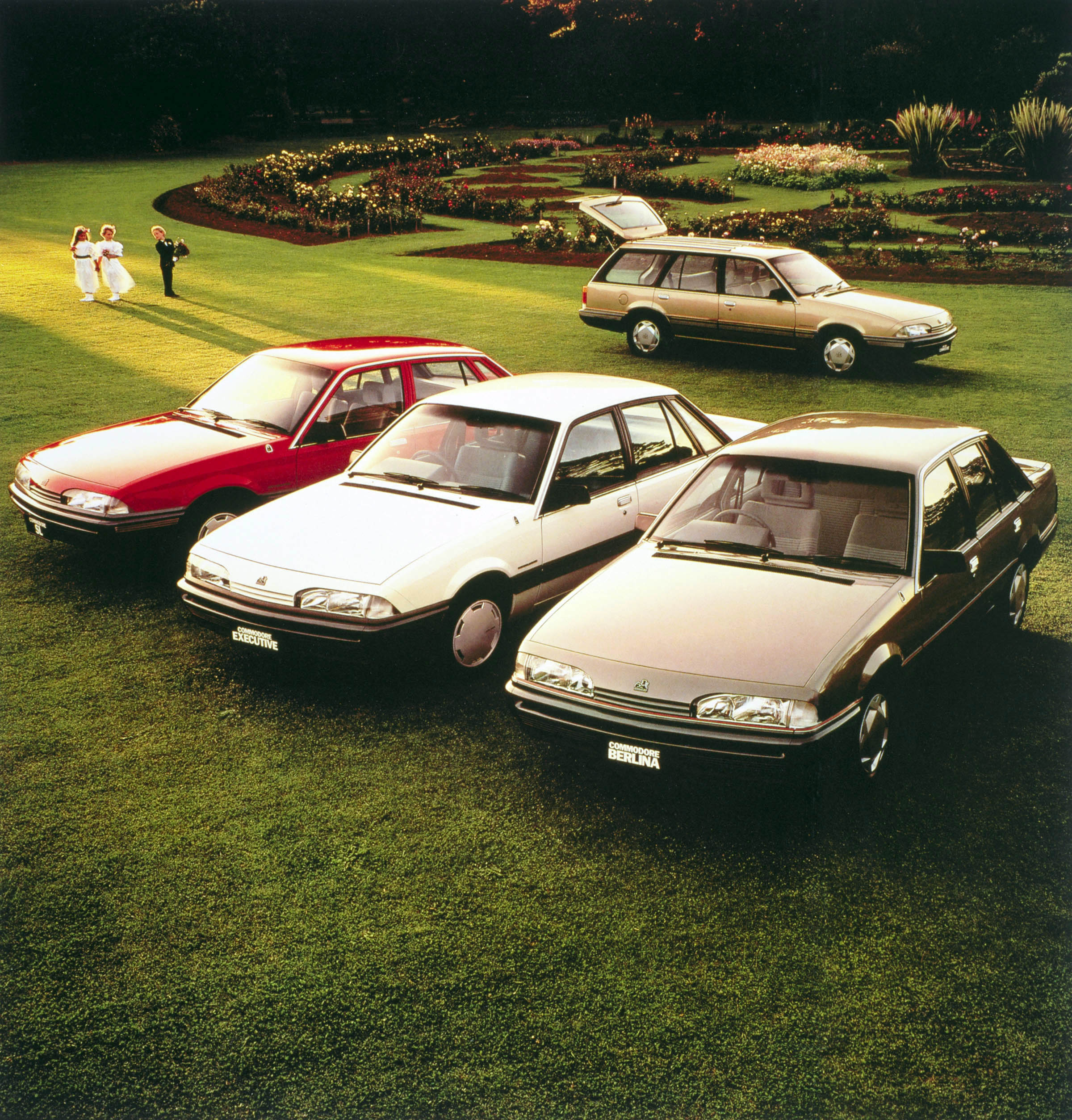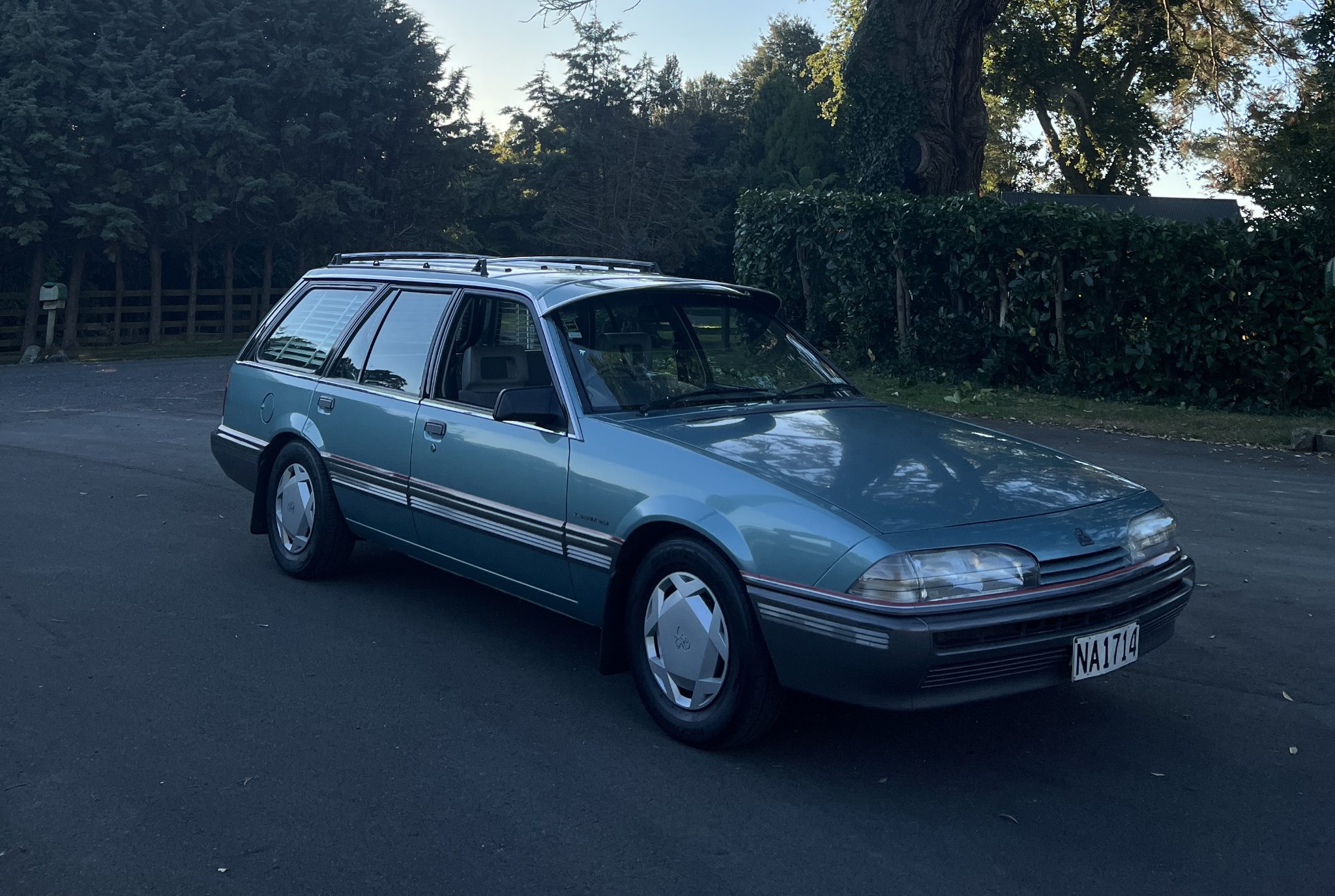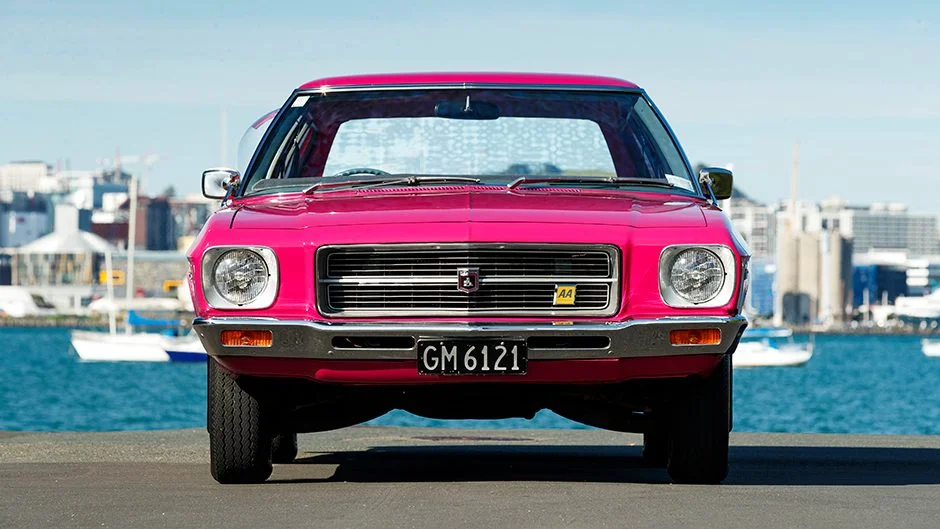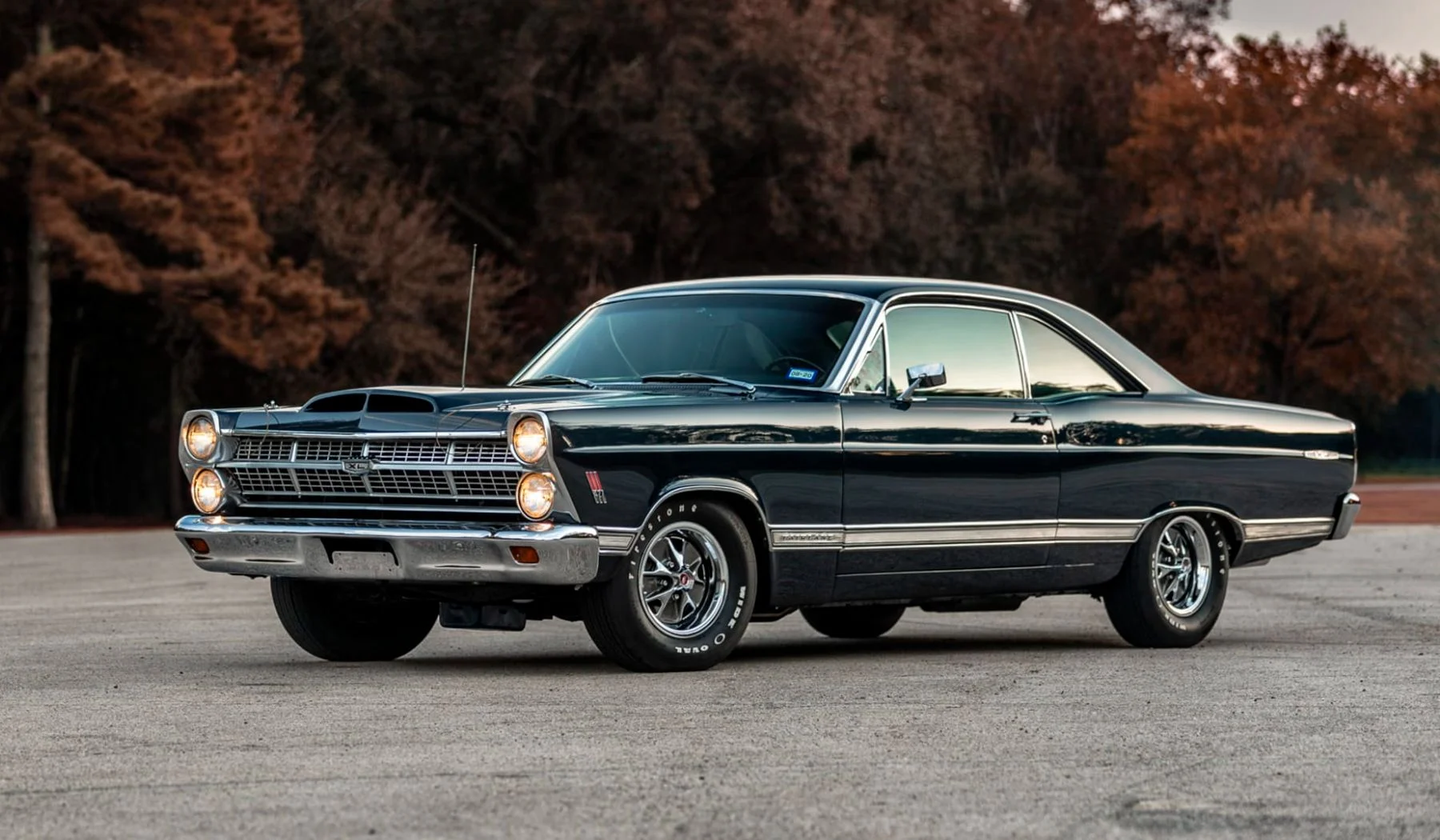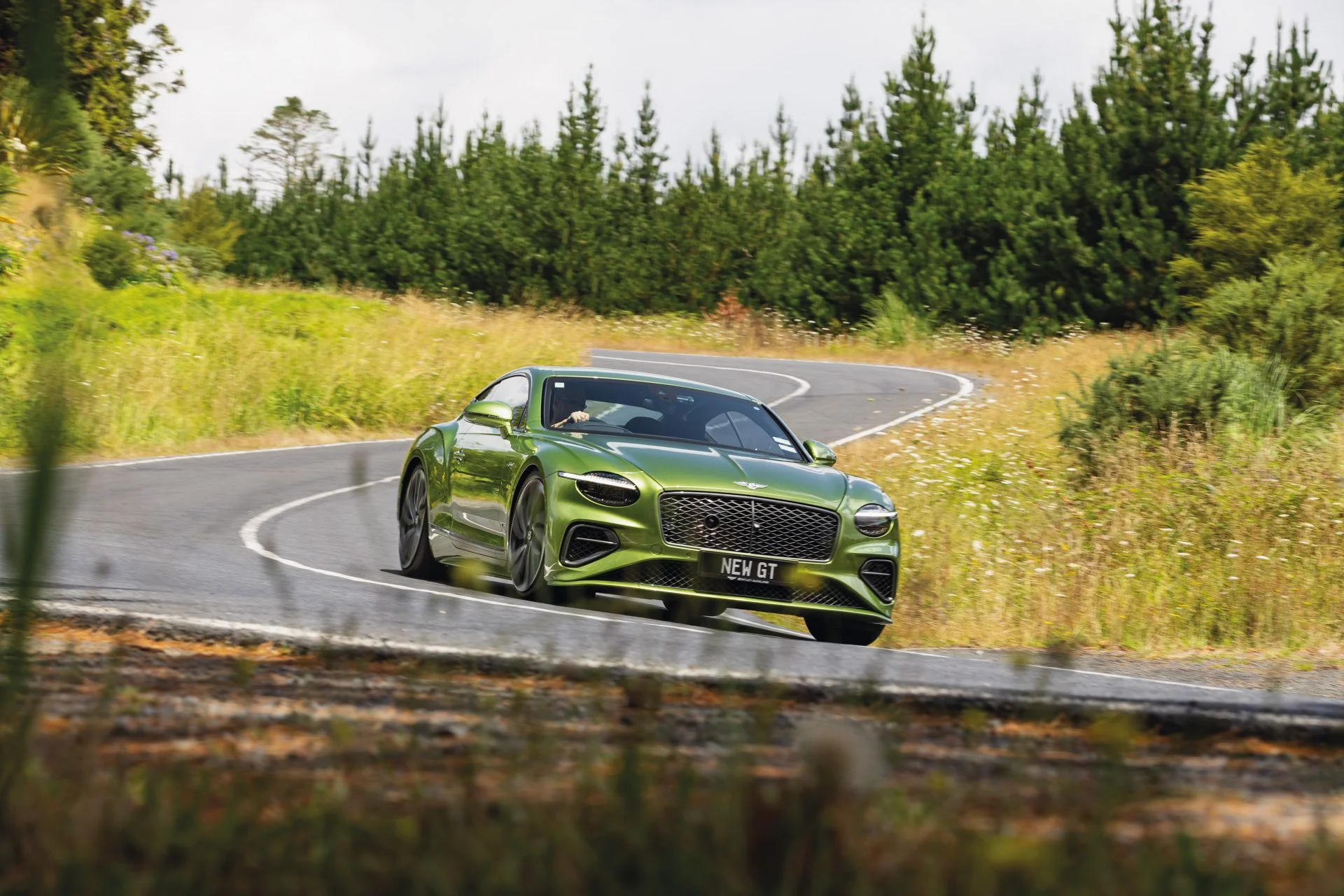Feature article
Holden Commodore VL Review: Buying Guide
From its Nissan-powered engine to the rare Turbo and Group A models, discover what makes this classic so special.

The Holden Commodore VL was only around for a short spell, but it was one of the more popular models of the past 30 years. Introduced in 1986, its run lasted just two years, filling a gap before the new VN Commodore would arrive for Holden. The VL was the final development of the original Commodore, which dated back to the 1978 VB.
To help boost sales, Holden ensured that it had a significantly different look to the model it replaced, that being the VK. So it had completely new sheet metal, growing in length with a more rounded frontal treatment and a more distinctive rear end, although the glass house and roof remained the same as the VK. Inside was new too with a revised dashboard, and uber eighties cool twin and single spoke steering wheels, some models sporting a digital dash.
It wasn't so new underneath, the car having the same wheelbase as the old VB, which gave the VL its long but narrow profile. Holden tweaked the suspension but it still retained its mac struts up front with a live axle and a Panhard rod on the rear.
The big news for the VL Commodore was its new inline six cylinder engine. But it wasn’t made by GM, rather Nissan provided the go for the new Holden. The old 202 Holden six was well past its use by date. It wasn't going to be economic for GMH to reengineer it to survive on the 91 octane unleaded fuel that was being introduced to Australia in 1986.
So the 3.0-litre RB30E six cylinder was manufactured and supplied by Nissan for use in the VL. It proved a good move, the injected 114kW/247Nm six being lighter, more powerful and more fuel efficient than the old 202. In New Zealand, a 2.0-litre version was also offered for those models that were assembled here.
While the Holden Commodore and the 5.0-litre GM V8 had been a fairly good team up to this point, the VL Commodore embraced turbocharging to offer a performance boost. With a single, water-cooled turbo, a new camshaft and pistons, the RB30ET pumped out 150kW and 296Nm of torque. VL turbo models also benefitted from FE2 suspension with new springs and dampers and improved roll bars to help address some of the handling issues of the 3.0 VL. The brakes were upgraded to 298mm front discs, so big that Turbo models needed 15-inch wheels to house them.
With a five-speed manual, the VL turbo could hit 100km/h in 7.5sec, tepid by today’s standard but pretty quick for an average priced family saloon in the mid-eighties.
Holden did release a V8 for certain models like the Calais. The 5.0-litre eight still relied on carbs but was adapted to run on unleaded fuel. It made 122kW with 323Nm, and was marketed more toward those that liked low end grunt, which was good for towing. Unfortunately it was hooked up to an old three-speed auto while the sixes had a better four-speed auto or a five-speed manual.
Holden also made a sporty V8 used as a basis for racing; the VL SS Group A. Developed by the HDT outfit, the car had aero-enhanced additions front and rear, along with a bonnet scoop to feed the V8 beneath. The 5.0-litre still breathed through a carburetor, but made a few more ponies (137kW) than the regular V8. This was to be the last fast Commodore to be developed by HDT, after Holden and Peter Brock fell out over the Polarizer debacle.
The ultimate VL is the SS Group A SV, sometimes referred to as the plastic pig thanks to its slightly controversial aero kit. Developed by TWR, the deep front spoiler, side skirts and wing were designed to reduce drag. Thanks to an injected set-up, the V8 made 180kW with 380Nm. It was badged as a Holden (rather than an HSV) with an initial run of 500 cars being made to satisfy racing requirements, though a further 250 were produced due to buyer demand.
As time goes by, fewer VLs are seen on the roads, and prices reflect this. While a basic 2.0-litre example can be had for around the $15k mark if it’s tidy, the rarer examples command a lot more. Finding an original example is the hard bit, many have been modified over the years, with engines swapped for the RB25 turbo being a common enhancement. And there are a lot of modified V8s as well. Factory turbo VLs are super rare, while the Group A models now command $200,000 plus.
Author
Other articles you might like
